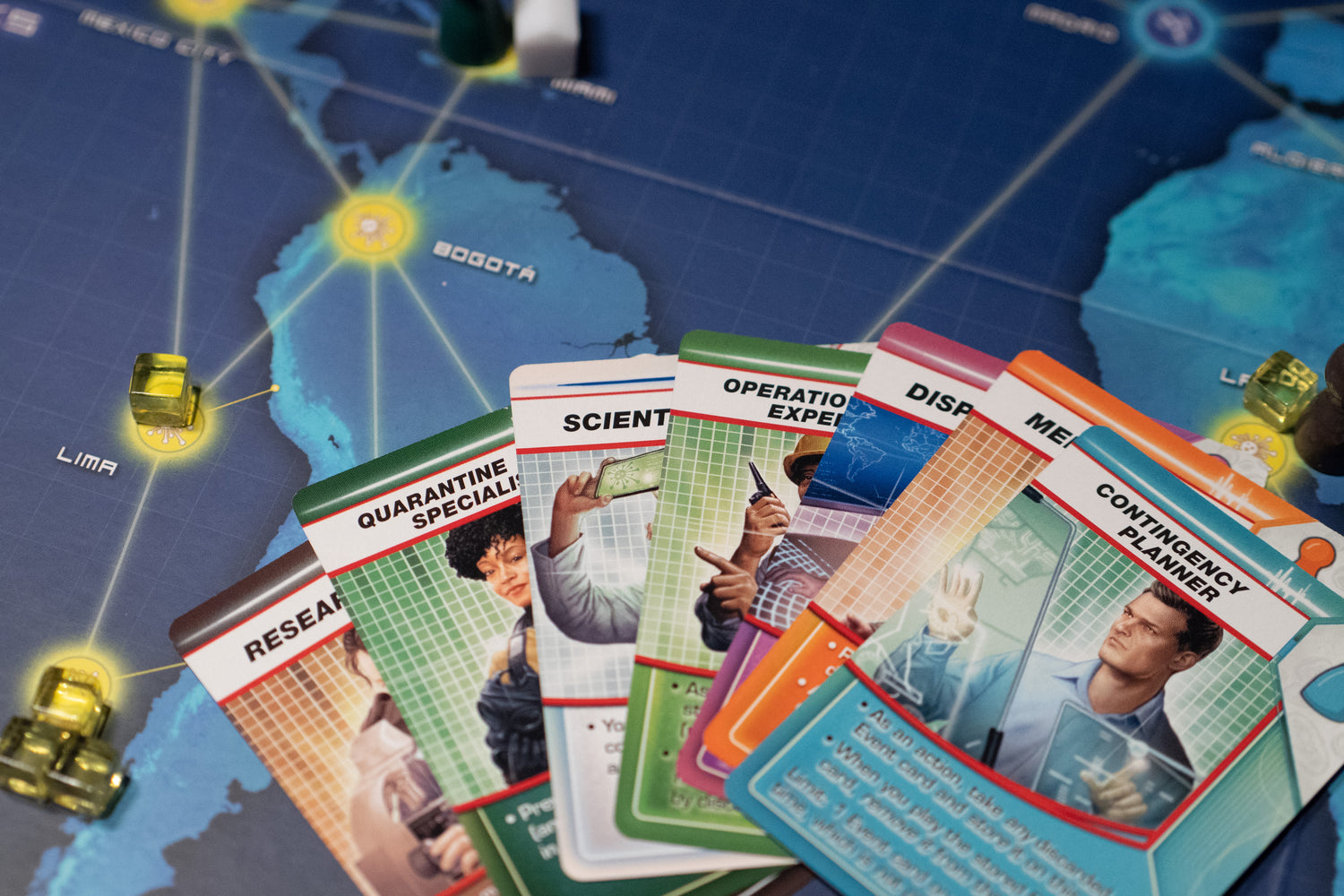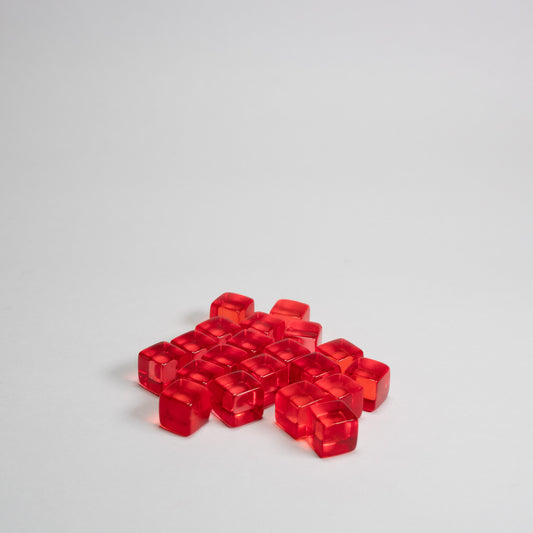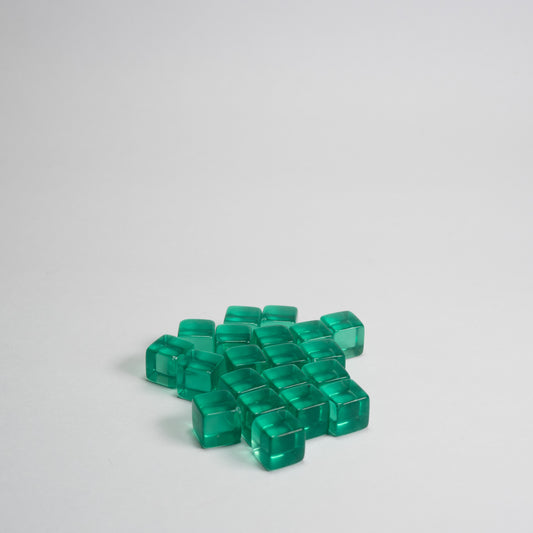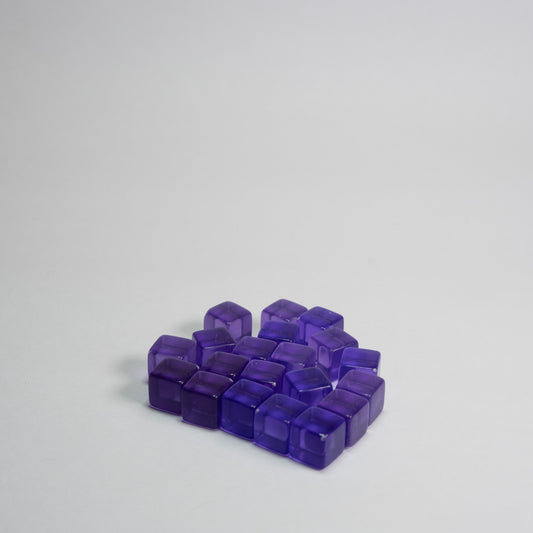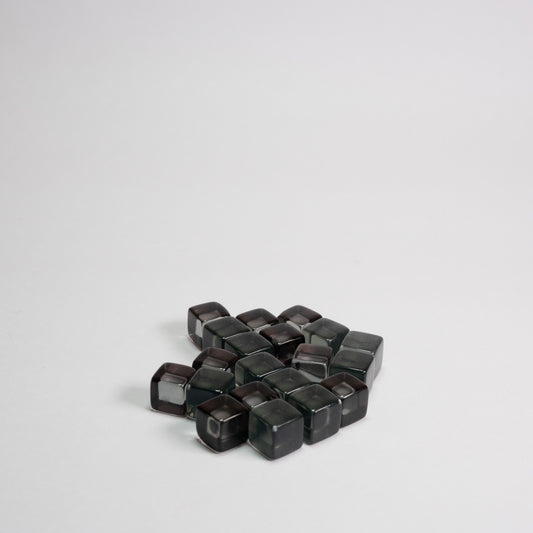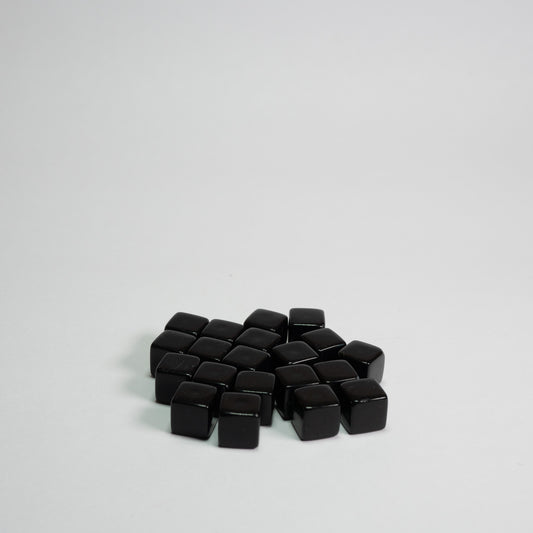Pandemic Beginners Guide
Pandemic
Although released in 2008, the board game Pandemic has taken on a whole new poignancy in the last year. Global pandemics have always been a prominent and sad part of our civilised history, so any game based on such events needs to be both interesting to play and sensitively approached. Thankfully, it is something that Z-Man games have managed to do here. There is even an educational undercurrent to the game in that it gives some insight into how such medical disasters spread and how governments and medical bodies try to keep them in check.
Contagious concepts
The concept is fairly straight forward and blends both medical intrigue and a clever blend of competitiveness and co-operation between the players. The game is played to a time-line and players travel the globe and work together to find the cures for various diseases as the clock ticks. It is designed to be played between two to four players and is suitable for age 8 years and up. And despite the seriousness of the subject matter, it focuses on overall strategy rather than homing in on any of the unpleasant detail.
Saving The World
The board is an attractively designed world map with a network linking together 48 cities. The game begins in Atlanta, the headquarters of the Centers for Disease Control and Prevention and this is also the sight of the first research centre which are marked by one of six shelter shaped tokens. At the start of the game, there are no diseases present, as the game progresses a number of major outbreaks will occur around the world and the players will have to co-operate to first cure them, and then eradicate them.
Doctors Orders
Each player is randomly assigned one of seven cards which dictates the character they are to play, each with different skills. These are -contingency planner, operations expert, medic, researcher, quarantine specialist, scientist, and dispatcher. Expansion packs allow for additional characters, and also a bio-terrorist, who actually works against the players as they try to heal the world.
Each character is represented by a pawn, which is used to move from city to city and around the globe reacting to the various outbreaks. Each character has different skills, individually not enough to stem the viral tide but when working together as a team can advance the medical response to defeat the diseases.
The most interesting factor about the game is that all of the players are on the same team. This means that there are no individual winners, that you are playing against the game itself, that you either all win or nobody wins. This might seem to be the opposite of a competitive game but actually, the opposite is true. As each player is trying to do their best to play their part, a sort of inter-team rivalry is evoked with each player working hard not to be the person who is the weak link in the team's armour.
An Infectious Game
The game begins with several outbreaks of the various diseases across a number of cities. The severity of any disease in any given city is marked by coloured blocks. To begin with, there three diseases affecting the world as determined by the epidemic cards. One city is at level 3 (three blocks) one is level 2 and one is level one. This leaves a number of other diseases to rear its ugly head at some later point.
As you become more experienced at the game you can increase the difficulty by having anything up to 6 epidemics raging across the world but the gameplay remains the same.
The remaining cards fall into two categories. City cards, which allow the players to travel to that location and Event Cards which are random, positive events that can be played to swing things in their favour. These cards are now dealt randomly to each player.
Its All About The Cure
Pandemic is quite an unforgiving game, there are many ways to lose and only one way to win. To win you must eradicate all the epidemics. To do this you must first find a cure. To find the cure you must collect 5 cards which correspond to the various research and responses to the epidemic and then trade them in by discarding them.
But it isn't as easy as it sounds as you also use up the same cards by travelling around the world, which you need to do to keep the diseases in check. And keeping them in check is important because when any city acquires four blocks (Level 4 infection) then an outbreak is declared and this is where the Outbreak Tracker comes into play.
The Clock is Ticking
On the left-hand side of the board is a series of eight interconnected points in the form of a liner tracker. Each time there is an outbreak (ie a city is designated with a Level 4 disease) then you advance a marker one space along the tracker. Get to the eighth space and the game is lost.
Tactics
So, it is obviously vital that you keep the number of outbreaks to a minimum and you can only do this by treating the diseases in each city to keep the threat level under control. This requires you to use up the cards in your hand and draw new ones at the end of the turn. But to win the game you have to collect the same cards into matching suits to find the cures that you need. So the conundrum is do you hop around the world reducing the threat at city level or do you work towards a global cure? Getting that balance right and working together to do so is the difference between winning and losing.
Team Work
As previously noted, this is very much a team game. It requires co-operation and communication. The team gets to share knowledge and work to a unified plan whilst the game throws random problems and increasing levels of contamination to thwart them.
And unlike most games where there is an individual winner, Pandemic is very much an "all for one and one for all" game. Because of this, it promotes interaction, social skills and even education and so is perfect for a family game night of mixed experience and of all ages.
As a famous musician once put it, " Nobody wins, unless everybody wins!" Never a truer word was spoken.
Written by: Dave Franklin

